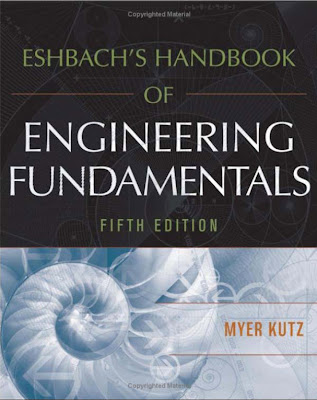
I am invariably finding many hits on cooling tower capacity & performance calculation and related queries. Therefore, I have decided to include the detailed calculation procedure in order to enable many students & process engineers who are interested in improving cooling towers performance by following these simple steps.If you have any query, kindly post them in the comments section. I’ll try my level best to answer those queries as soon as possible. First you should collect all the data as given below. Be sure that the data collected for these temperatures is most accurate because of lower absolute level of generally ~40°C average temperatures, an error of 0.5°C due to manual data collection & judgment will cause more than 1.2% error in the result at one calculation. Repeating such errors may result in cumulative errors of more than 10% in totality giving you totally absurd results.So the basic point is that collect the data on regular basis, keep a watch to have a feel of real values & then proceed.
Actual Datag
Cooling water flow rate - 4134 M3/hr
Cooling water inlet Temp - 44.0 °C
Cooling water exit Temp - 35.0 °C
Inlet air-dry bulb - 38.8 °C
Exit air-wet bulb - 40.7 °C
Exit air-dry bulb - 42.0 °C
Now follow step by step procedure for the calculation.
Step-1
Calculate waterside actual heat load, which is as below
Qw = 4134 x 1000 x (44 – 35) / 1000000= 37.21 Gcal/Hr
Step-2
Calculate absolute humidity at wet bulb of inlet air, which is at 30°C in this case. This is a function of wet bulb temperature only.
The equation for the same is
1.4478310678E-10*(Tw^7)-2.6920*10e-8*(Tw^6)+1.99053*10e-6*(Tw^5)-6.65614*10e-5*(Tw^4)+0.00131879344*(Tw^3)+0.00125483272*(Tw^2)+0.291649083*Tw+3.802441
Where Tw is wet bulb temperature in °C.
So, H1 = 27.29 Kg/ ‘000Kg of dry air
Step-3
Calculate absolute humidity at dry bulb of inlet air, which is at 38.8°C in this case. It will give you saturation level of humidity, say H2.
Step-4
Find out &% Saturation. Of course it can be done from Psychometric charts but then you wont be able to use powerful Excel Tool for simulation of your cooling tower that’s why these equations are generated.
You can also use any good Excel Add-IN for Psycho properties if available.
Here, it will be %Sat = H1/H2
Step-5
Based on % Saturation find out the enthalpy content of moist air at inlet condition. Again I did it using self-developed equations ~10 years back.
I found it to be Hin = 26.196 Kcal/Kg of wet air.
Step-6
Similarly find out the moist air enthalpy at exit condition, which is
Hex = 41.630 Kcal/Kg of wet air
Step-7
Similarly, find out the absolute humidity at wet bulb for exit condition, which is 50.74 Kg/ ‘000 kg of dry air in this case.
Step-8
Calculate airflow based on heat load and enthalpy difference, which shall be as below
A = 4134000 x (44-35)/(41.630 – 26.196)= 2410652 Kg/hr
Now based on Absolute Humidity difference, calculate amount of water evaporated as below
W = 2756000 X (50.74 – 27.29)/1000= 64654 Kg/hr
Step-9
Now heat required for evaporation of this water can be calculated based on average latent heat of water evaporation at the inlet & exit temperature.
Average water temperature = 39.5 °C
Latent heat = 575.33 Kcal/Kg
Hev = 64654 x 575.33= 37.20 Gcal/Hr
This is matching with the heat load of waterside hence, calculation is correct due to accurate temperature measurements.
So L/G comes out to be = 1.715 in this case.














































 This is in continuation of my previous post on this topic. In this part, I will explain the calculation of NTU for cooling towers, yes NTU which is very important & is similar to NTU in absorption towers.
This is in continuation of my previous post on this topic. In this part, I will explain the calculation of NTU for cooling towers, yes NTU which is very important & is similar to NTU in absorption towers.





































